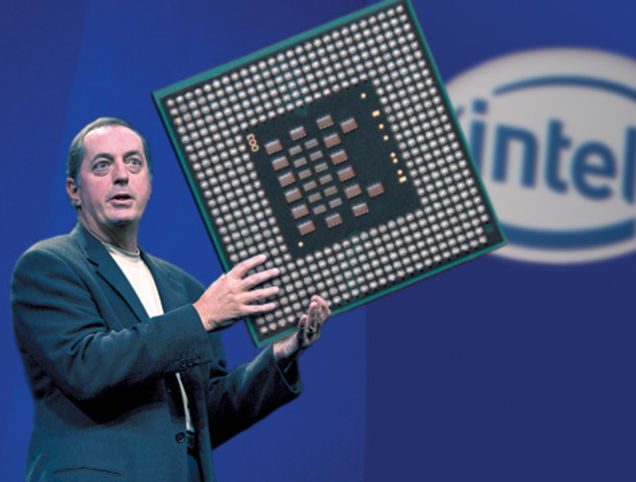- Joined
- Mar 3, 2018
- Messages
- 1,713
Researchers from MIT and other institutions have reportedly come up with a new 2D circuit fabrication method that could be significantly cheaper than traditional chip making processes. Instead of progressively depositing multiple layers of different materials onto a disposable substrate, the researchers' technique can grow a 3 atom thick layer of semiconducting molybdenum disulfide onto existing substrates. Using water, sulfer, and oxygen plasma to deposit the materials , the method is said to be so "clean" that it preserves the original substrate for subsequent reuse, while the single pass should significantly reduce the chance of surface defects. A test FET transistor made on the process has a "spatial resolution of about 2 microns," which is orders of magnitude larger than the nanometer-scale transistors used in the silicon chips that loaded this web page, but with continued research and better equipment, the researchers hope to "shrink the pattern size, and directly integrate complex circuits on 2-D materials using their fabrication technique." Thanks to cageymaru for the tip.
Due to the weak interaction between MoS2 and the growth substrate, however, the researchers found they could detach the MoS2 cleanly from the original substrate by submerging it in water. This process, called "delamination," eliminates the need for using any supporting layer and produces a clean break with the material from the substrate. "That's why we can recycle it," Guo says. "After it's transferred, because it is purely clean, our patterned substrate is recovered and we can use it for multiple growths."
Due to the weak interaction between MoS2 and the growth substrate, however, the researchers found they could detach the MoS2 cleanly from the original substrate by submerging it in water. This process, called "delamination," eliminates the need for using any supporting layer and produces a clean break with the material from the substrate. "That's why we can recycle it," Guo says. "After it's transferred, because it is purely clean, our patterned substrate is recovered and we can use it for multiple growths."
![[H]ard|Forum](/styles/hardforum/xenforo/logo_dark.png)
